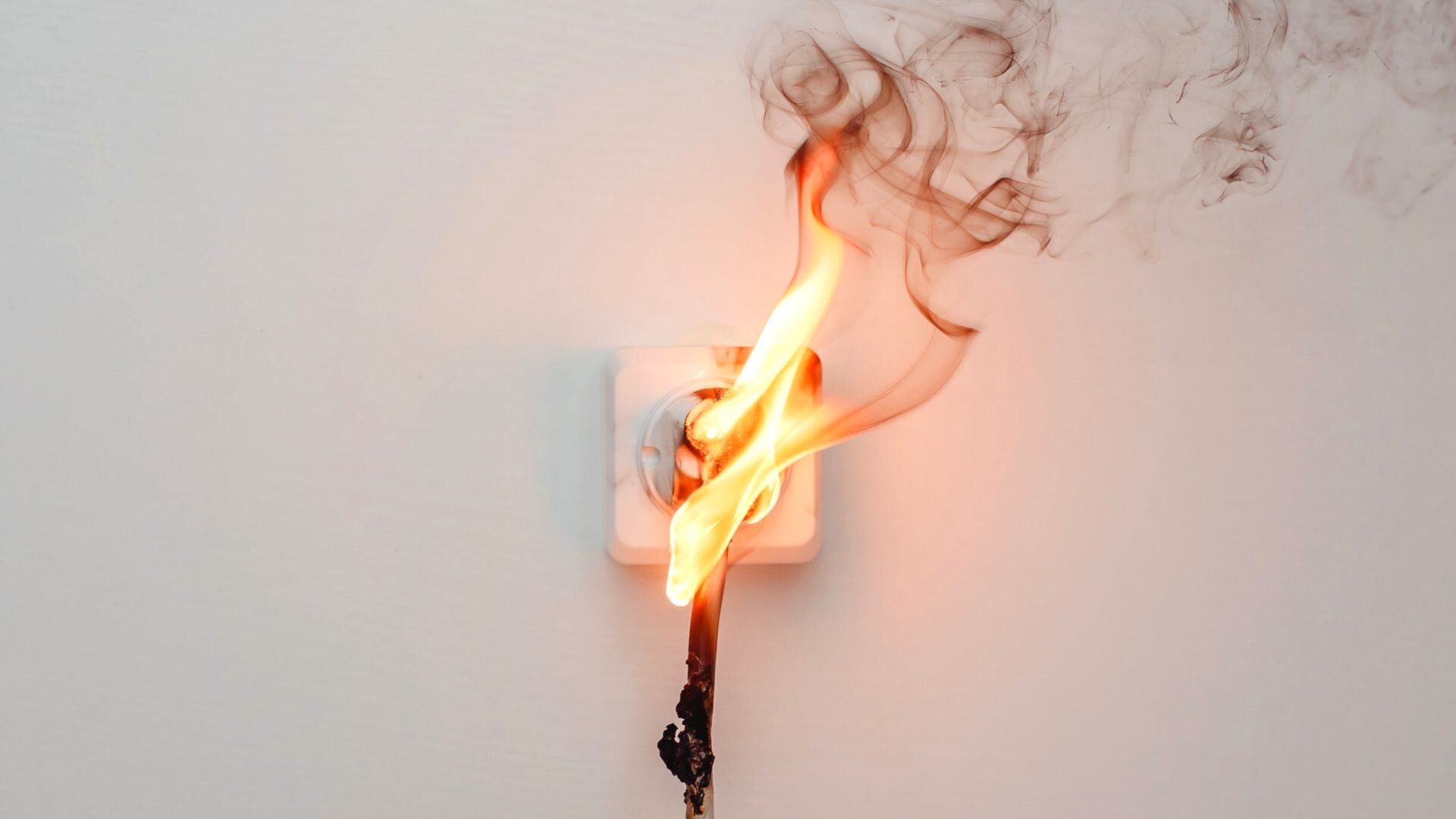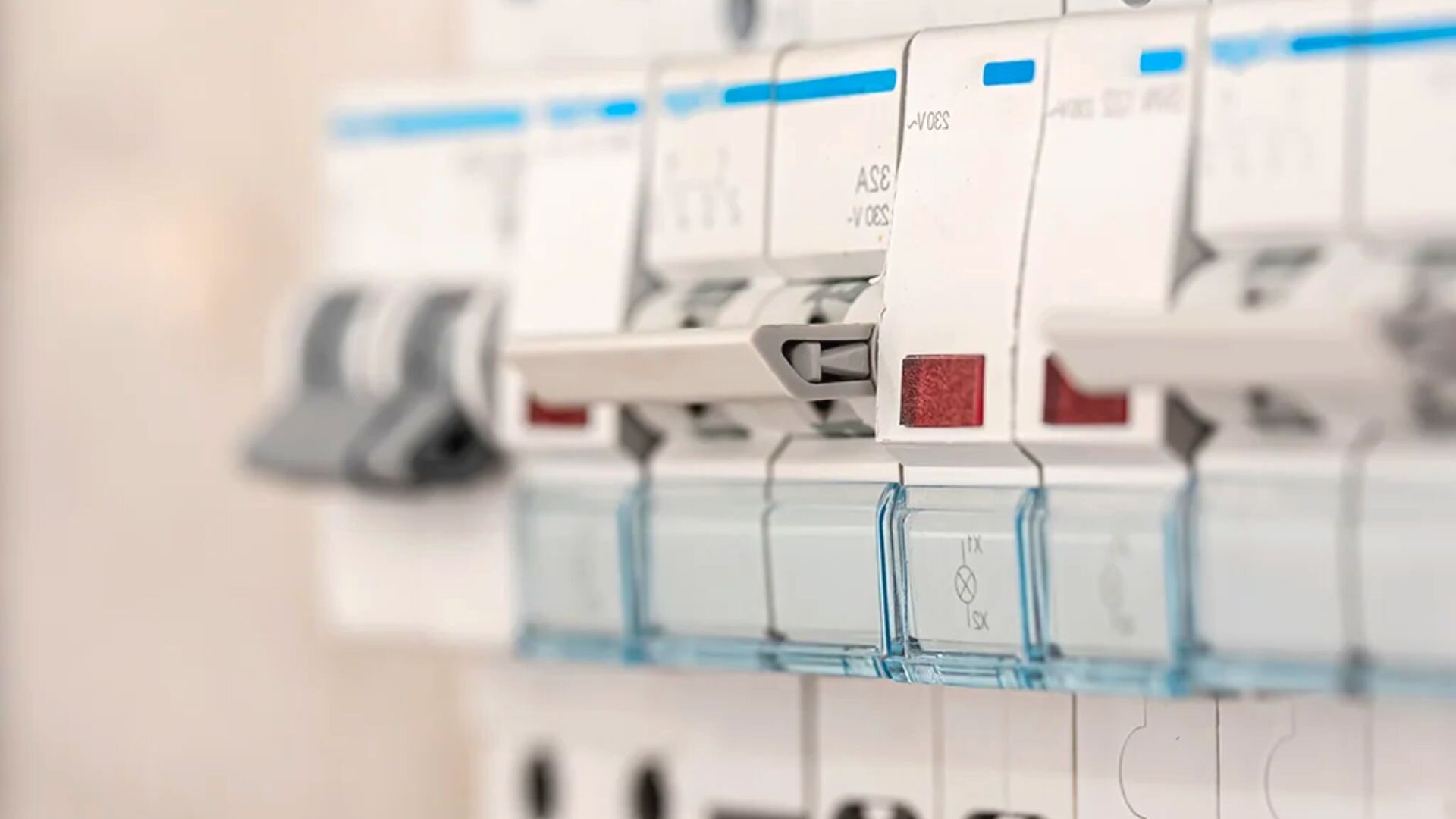Imagine a day without using your phone… or any electronic device. Sounds like your worst nightmare?
Well, it could turn into reality in case of a power surge. As the name suggests, an electrical surge is when a high-voltage electrical spike travels through the wires leading to your house. This may cause damage to plugged-in devices, so it is best to invest in electrical surge protection before it’s too late.
But before getting into that, you must understand the common causes behind a power surge. Let’s check them out!
External power surges usually occur in three ways. The first is when the voltage increases suddenly from external or internal forces. Secondly, an interruption in the current flow followed by a short circuit can also cause an electrical surge. Finally, an electrical power surge may also occur when electricity flows back into the system and interrupts the increased power delivery.
Power surges can range between 1-169 volts and reach thousands of excess volts in case of heavy storms and thunder.

Lightning strikes are a common culprit behind most internal power surges in Australian households. Basically, when your electrical system is struck by lightning, it accepts all the excess load of current. The massive spike in electricity causes an electrical surge, effectively causing a blackout at home.
It is always recommended to unplug unused electrical appliances whenever your area is experiencing severe storms and rainfall.
If the wiring is damaged or exposed, it lacks electrical resistance and becomes more prone to a power surge. As a result, any conductive material can increase current flow to an exponential level, spelling danger to the residents.
In such a case, you must watch out for the following tell-tale signs of damaged or exposed wiring:
Many homeowners may already know the dangers of electrical overload. It is when an appliance draws too much electricity from a single circuit, often more than its capacity. This situation may occur when you plug in too many electrical devices, overuse extension cords, or plug in a device that requires more power than the circuit’s amperage levels.
Besides severe storms, power grid failure can also cause the lights to go off. But when the power is restored, the increased flow of current can result in a power surge, damaging any plugged-in devices.
Any physical deterrent like fallen trees, interference by animals, and car accidents can damage the power service. In such situations, too, when electricity is finally restored, the sudden spike causes a power surge.

Damage to electrical devices is a common occurrence during a power surge. As such, it makes sense to wonder if your insurance covers the repair and replacement costs. However, the answer to that depends on the cause behind the power surge.
Generally, most insurance companies offer partial reimbursement when the power surge is caused by lightning or an artificially generated electrical current. The latter could be a result of repair/maintenance work conducted by your electric company.
The amount of reimbursement further depends on whether you have an actual cash policy or a replacement cost policy. But do keep in mind that some companies do not cover specific devices and components. In fact, most companies do not cover any damage to the transistor. And unfortunately, most electronic devices include one!
Further, your insurance company will not cover any power surge damage if:
It’s difficult to prevent power surges completely, so the most you can do is invest in surge protectors or surge protection devices. There are many different levels of surge protectors available on the market. However, the two main types are:

This surge protector protects your entire household, as you can see from its name. Usually, these surge protectors are installed on a household’s switchboard or in its inner wiring. You should always have one of these installed to protect yourself from any electrical dangers.
A space-saving alternative to power strips, you can connect these surge protectors directly to the wall socket without any cords. Smaller and less expensive than whole-house surge protectors, they offer protection for only the appliances connected.
With that, we come to the end of this brief yet comprehensive guide. Hope you were able to learn about power surges and the culprits behind this common but dangerous electrical issue.
Knowing what causes a power surge will help you stay better equipped to deal with one, especially with all the prevention measures listed above. So, invest in a suitable surge protection device and stay protected!
If you are in Melbourne, make sure you speak to our team. At Precision Electrical & Plumbing, our team are highly skilled in keeping your home and family safe. So, call us today!
{{author:bio}}
Find them on their website: Precision Electrical & Plumbing, Facebook and LinkedIn.
Natural disasters, storms, and other unforeseeable events can cause blackouts and power outages. Our guide highlights the eight most common causes of such outages.
Read MoreWanting to install new security system at home? Let us help you decide how many CCTV cameras you need before installing your new system. Read our guide to learn more!
Read MoreA plumbing emergency can happen anytime if you don’t maintain your pipes. Know how the most common plumbing problems can be prevented.
Read More


